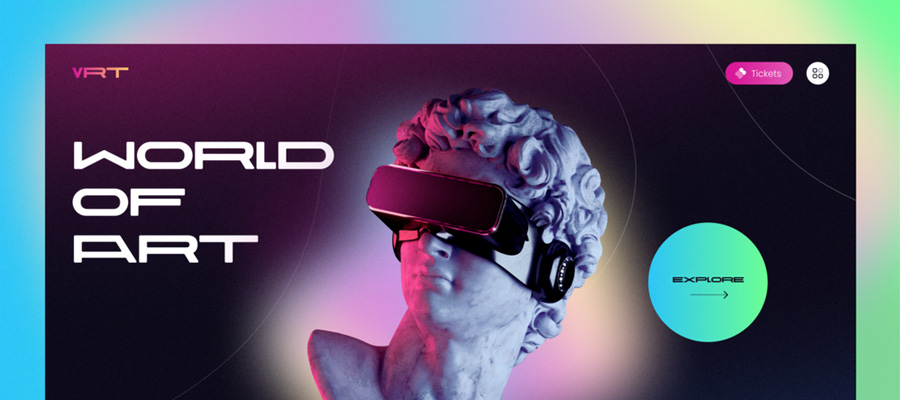Our modern world is highly tech-oriented, it’s been a fact for quite a long time now. What’s more, this tendency to rely on technology only increases as we carry on. All of this leads to, perhaps, one of the top priorities in modern marketing and business, creating a website. A great website, the one that people would love to use and return to, has to be convenient, useful, and provide more than just some basic information about the company or brand.
Developing A Useful Website
Today, even great companies seemingly fail to create great websites that could be visited by users for other reasons than to check the address of the local store. This purpose is wonderfully handled by Google Maps, which is not even a competitor in this regard. Google basically owns the internet and can provide users with all the basic information they need. Making an empty website that contains nothing but some information about the company or brand and the local stores’ locations is quite useless.

Web Header by Sajon
Yes, lots of companies prefer to separate the general website of the company and store websites. Still, it doesn’t make general sites appear less pointless. Of course, separating the store website and general info site is a great idea as it optimizes the requests and, hence, traffic. At the same time, the internet is littered with information, so creating another almost entirely useless site is not the best idea. That is why it is vital to consider the certain design and architectural choices when developing a site. Here are some of them.
- Prioritize navigation. While this is one of the most obvious parts of the user interface and user experience (UI/UX), many website developers and business owners seem to overlook it. As a result, lots of modern websites have inconvenient navigation. It prevents users from exploring those sites and leave before even retrieving any useful information. So make sure that the navigation and interface of the website you develop are as clear as day.
- Optimizing using a blog. Everybody seems to talk about SEO (search engine optimization) nowadays. However, many seem to miss one of the most effective ways to optimize a website, content-wise. Creating a topical blog where a few selected freelance writers can post engaging informational content works so well it’s unbelievable. The point is that the articles that appear on your blog will likely contain lots of keywords relevant to your business, which, in turn, attracts users through search engines, creating natural traffic and optimizing your website.
- Use content management systems (CMSs) appropriately. That’s particularly relevant when you begin. CMSs are very powerful tools, most of which have a WYSIWYG interface, meaning that you can even create a website on your own. On top of that, translating such websites will be much easier as you’ll simply have to add a translated version. And if you still don’t have one, find the best translation company to work on your website. At the same time, CMSs are a low-cost solution that will bring great returns.
- Go beyond translation. For many audiences all around the world, simply translating the content of your website might not be enough. People want to see appealing, relatable, and familiar content. That’s where localization comes into play. You might have heard about localization before but probably never dealt with it directly. There’s no point describing localization in detail, there are lots of resources talking about 10 key steps to get your website localization and why it should be done. The main point here is that localization makes your customers feel comfortable with you and coming to see more.
- Work on CTA. A call-to-action message, button, or any other interactive element should be present on nearly every page of your website. While it seems aggressive at first sight, call-to-action elements can be approached in an integrated fashion, which results in their toned-down and relaxed attitude. This, in turn, will make customers feel more comfortable and make decisions that are beneficial for both sides.
Crafting A Website As A Form Of Art
Just like painting or design, the website development approach can also be a form of art. Just think about it, there are so many factors to consider and combine to achieve great results. At the same time, there are no strict rules as to how to make your website look, work, and navigate the user. It heavily implies a serious and deep creative process that provides a vast space for imagination and lots of food for thought.




















